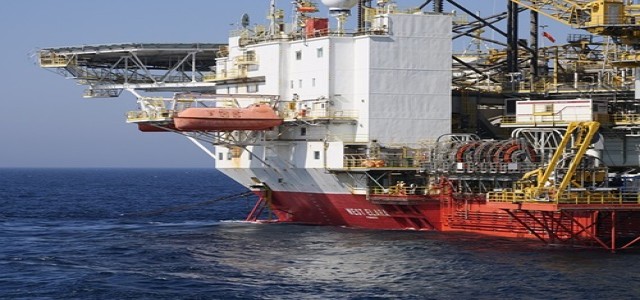
The Metals Company, a low-impact battery metals explorer, has reportedly completed Environmental Expedition 5E- its offshore research campaign.
Environmental Expedition 5E is a targeted sampling campaign of both pelagic and benthic fauna with broader investigations to identify ecosystem functionality on the abyssal seafloor.
The six-week expedition was the firm’s fifth environmental campaign over the last year under its USD 75 million multi-year deep-sea research program.
The completion of the campaign marks the latest offshore campaign necessary for developing an environmental foundation of the operating environment proposed by the company in the CCZ (Clarion Clipperton Zone) of the Pacific Ocean. It also identifies the possible impacts of its suggested nodule collection operations to obtain crucial battery metals from deep-sea polymetallic nodules.
Commenting on the research, Gerard Barron, the Chairman and Chief Executive Officer of The Metals Company noted that the data acquired during this campaign will allow the project and engineering teams to maximize low-impact activities and ensure that the nodules are lifted to the surface as lightly as possible.
This year, The Metals Company will perform an initial maneuverability test of the Prototype Collector Vehicle in the Atlantic Ocean followed by pilot collection system trials in the CCZ.
Aboard the Maersk Launcher were researchers from top marine science institutions including the Japan Agency for Marine-Earth Science & Marine Technology (JAMSTEC), the UK National Oceanography Centre (NOC), Heriot-Watt University, the University of Gothenburg, and Natural History Museum (London).
These researchers installed a range of advanced technologies including an ROV (Remotely Operated Vehicle) along with a variety of seafloor landers.
Researchers from the UK National Oceanography Centre performed visual observations of more than 30 square kilometers of the seafloor over the course of 390 ROV operational hours. They captured over 35,000 high-resolution images and significant video data which will be utilized for identifying megafauna at depths of nearly 4,000 meters.
Source credit:








